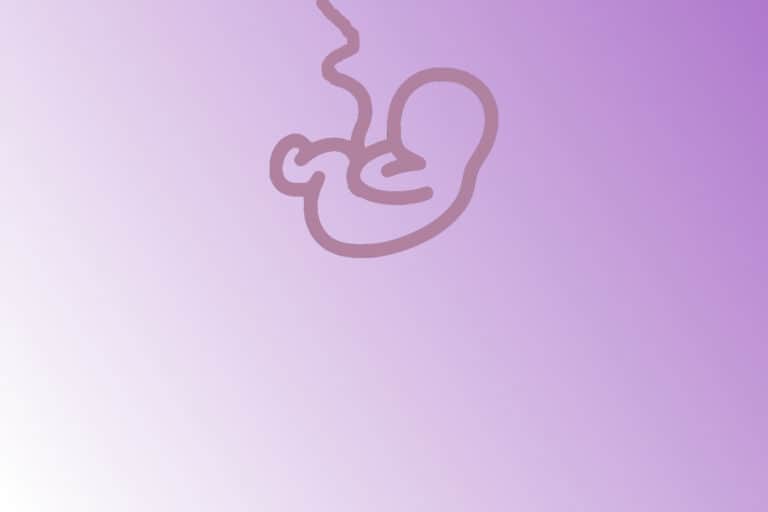Birth injury
Birth injury is defined physical (mechanical) trauma of tissues and organs that is associated with birth (internal or external injury). Treatment is required for birth injury itself, as well as for the associated complications (perinatal asphyxia, hemorrhage and resultant anemia, hyperbilirubinemia, paresis, fractures).
Risk Factors for Birth Injury
- Prematurity
- Instrumental birth (forceps, vacuum extraction, C-section)
- Precipitous labour (rapid labour = giving birth after < 3 hours of regular contraction)
- Obstructed labour (labour dystocia) = large fetus (macrosomia), abnormal fetal position (breech/transverse position, shoulder dystocia), small pelvis (malnutrition, vitamin D deficiency, suboptimal maternal height), problems with the birth canal (mutilation, tumors)
Soft tissue injury
Caput succedaneum = edema and suffusion at the scalp area that forms head-first presentation (cephalic presentation)
- poorly defined margins (extends bone sutures)
- physiologic finding
- resolves without intervention within hours
- during breech delivery, edema and suffusions are present around gluteal, perineal and genital area
Cephalohematoma = subperiostal hemorrhage
- clearly defined margins (does not extend bone sutures => limited to 1 bone – typically parietal)
- pathologic finding
- increases in size during the first days
- ossification begins from the periphery
- resolves over the course of several weeks (possibility of neurosurgical treatment for large cephalhematoma before its ossification and subsequent abnormal neurodevelopment and more complicated surgery down the line)
Subgaleal hemorrhage = hemorrhage underneath galea aponeurotica
- extend bone sutures
- pathologic finding
- increases in size and endangers the infant with significant blood loss
Bruising
- instrumental delivery (forceps, vacuum extraction)
- fetal lacerations (C-section)
- subconjunctival or intraretinal hemorrhage
Neurological injury
Subarachnoid hemorrhage
- cephalopelvic disproportion with associated perinatal asphyxia
- seizures infrequently
- diagnosis made by ultrasound or MRI
- good prognosis
Subdural hemorrhage
- venous hemorrhage from stretched and torn bridging vessels in the subdural space (falx and tentorium)
- seizures frequently (and other neurological symptoms => hyper-excitability, hemiparesis, apnea, anisocoria, opisthotonus)
- diagnosis made by ultrasound or MRI
- worse prognosis
- Therapy
- neurosurgery (evacuation)
- anticonvulsants
- anti-edematous drugs (CNS edema)
Paresis (n. facialis)
- asymmetric facial expression during crying (“asymmetric cry”)
Paresis (n. brachialis)
- injury affects the nerves that provide feeling and muscle control in the shoulder, arm, forearm, hand, and fingers
- upper type (Erb’s palsy)
- C5-C6 trunk nerves
- paralysis of the upper extremity that is held in adduction and internal rotation
- elbow in extension
- wrist in flexion
- grasp reflex can be elicited
- lower type (Klumpke’s palsy)
- C7-Th1 trunk nerves
- inability for flexion with wrist and fingers
- grasp reflex cannot be elicited
- Horner syndrome => impaired cervical sympathicus => miosis, ptosis, anhidrosis (loss of sweating), enophthalmos
- Therapy
- physiotherapy (for all types of paresis)
- neurosurgery (if persistent > 2 months)
Paresis (n. phrenicus)
- injury at the level of C4 nerve
- ipsilateral diaphragm paresis => dyspnea
- chest X-ray => left hemidiaphragm higher than the right (left paresis) or right hemidiaphragm higher than the left by > 2 cm (right paresis)
Fractures
Skull fracture
- fissures, impressions
- X-ray investigation in 2 projections
Clavicle fracture
- the most common perinatal birth injury regarding the bones
- palpable crepitus
- important to rule out brachial plexus injury
- gentle manipulation with the infant and the arm
Long bone fracture (humerus, femur)
- edema, hematoma, crepitus, pathological position of the extremity, painful manipulation with the extremity
- requires fixation
- Epiphysiolysis = separation of the epiphysis from the metaphysis in the long bones due to torsion or pull forces during birth (edema, painfulness)
Abdominal trauma
Liver/Spleen trauma
- acute or chronic hemorrhage
Adrenal hemorrhage
- hemorrhage into the suprarenal glands
- unilateral or bilateral hematoma
- spectrum of clinical signs: from nonspecific abdominal pain to cardiovascular deterioration (hypotension)
References
① Akangire G, Carter B. Birth Injuries in Neonates. Pediatr Rev. 2016;37(11):451-462. doi:10.1542/pir.2015-0125




